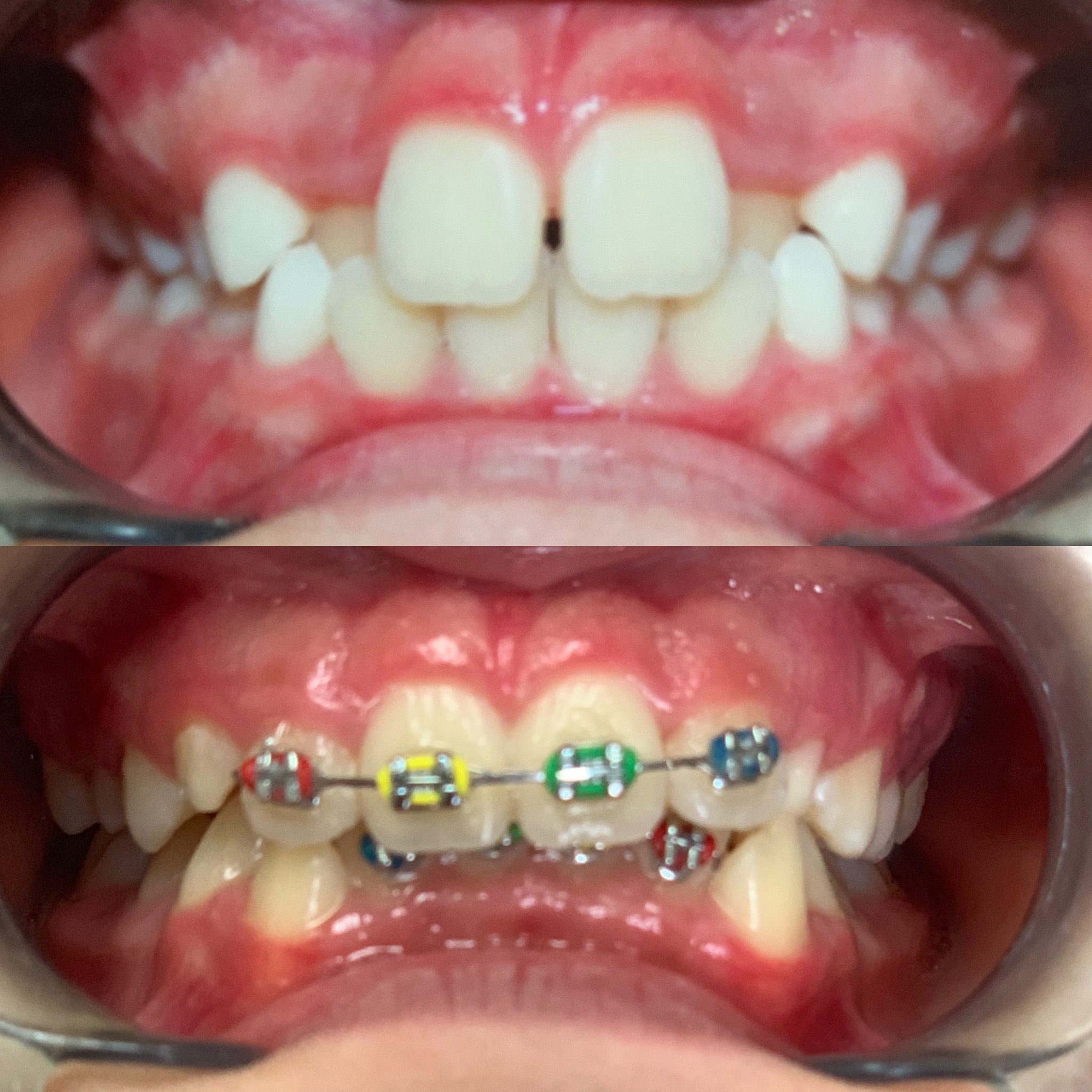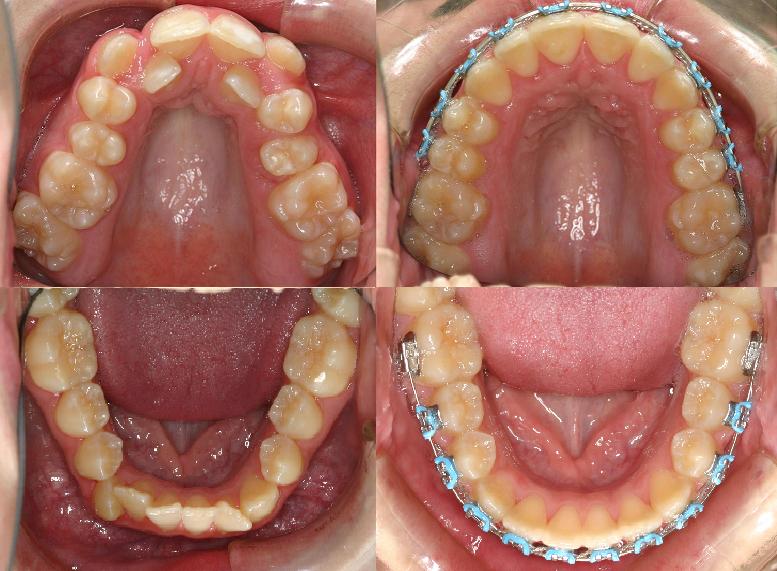Orthodontics
Orthodontics
Understanding Orthodontics
Orthodontics is a specialized field of dentistry focused on diagnosing, preventing, and correcting teeth and jaw alignment issues. It involves the use of braces, clear aligners, and other appliances to gently move teeth into their proper positions. Orthodontic treatment improves both the function and appearance of your smile, helping with issues such as crooked teeth, overbites, underbites, and overcrowding.
The Advantages of Orthodontic Treatment
Orthodontic treatment offers numerous benefits beyond cosmetic improvements. Straightening your teeth can enhance oral health by making it easier to clean your teeth properly, thus reducing the risk of cavities and gum disease. Correcting bite problems can also alleviate jaw pain, prevent excessive wear on teeth, and improve your ability to chew and speak. Additionally, a well-aligned smile can boost confidence and overall well-being.



Who needs Orthodontic Treatment?
Orthodontic treatment is ideal for individuals of all ages who have misaligned teeth or jaw issues. It helps improve the appearance and function of the teeth and bite, which can lead to better oral health. Common issues that orthodontics addresses include overcrowded teeth, gaps, overbites, underbites, and crossbites.
People who may need orthodontic treatment typically have:
- Crooked or crowded teeth that make cleaning difficult.
- A bite misalignment, such as an overbite, underbite, or crossbite.
- Gaps between teeth or jaws that are out of alignment.
- Jaw pain or discomfort due to improper alignment of the teeth and jaw.
What to expect during orthodontic treatment?
Initial Consultation: During the first visit, the orthodontist will evaluate your teeth, take X-rays, and discuss your treatment options. Based on your needs, the orthodontist will recommend either traditional metal braces, ceramic braces, or clear aligners like Invisalign. In some cases, additional appliances like palate expanders may be necessary to create space in the mouth.
Getting Braces or Aligners: Once a treatment plan is established, braces or aligners will be placed. Braces consist of metal brackets and wires that gradually shift your teeth into their correct positions. Aligners are custom-made trays that fit snugly over your teeth and are changed every few weeks to adjust your teeth.
Regular Adjustments: Throughout the treatment, you will need to visit the orthodontist for regular adjustments or new aligners. These visits ensure that your teeth are moving as planned and allow the orthodontist to make any necessary adjustments to your appliances.
It's time to reveal your new smile!
Once your treatment is complete, your braces will be removed, or you will stop using aligners. At this point, you may be given a retainer to maintain your new smile and prevent your teeth from shifting back to their original positions. Retainers can be either removable or fixed, depending on your orthodontist's recommendation. Regular follow-up visits will help ensure that your teeth stay in their ideal position.

